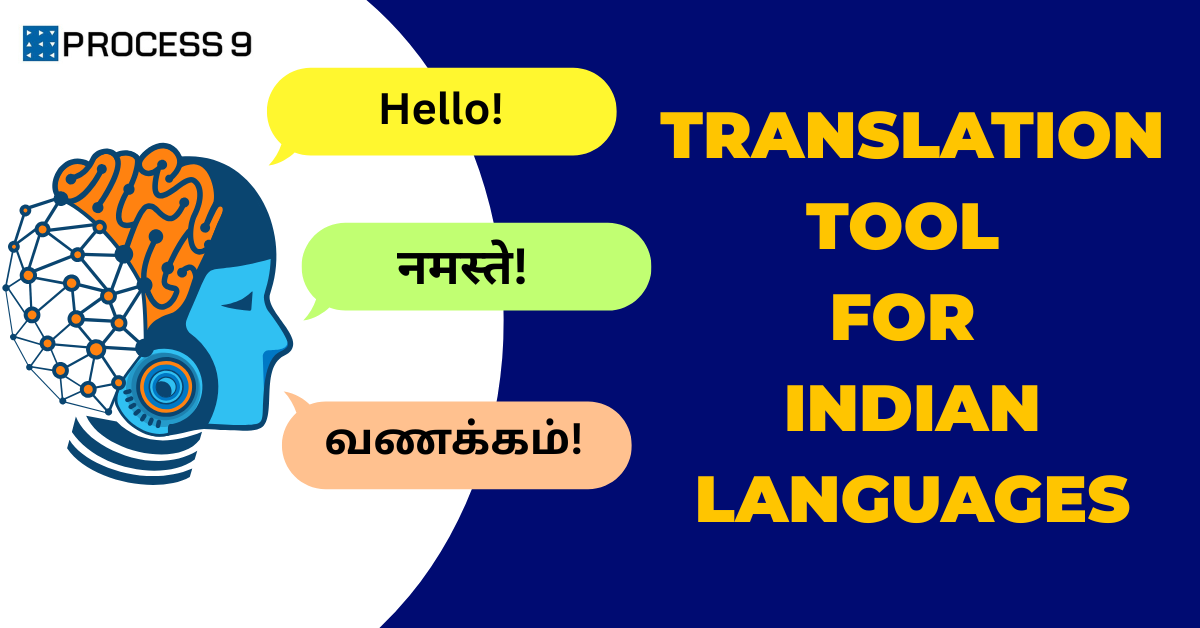India’s economic rise has been remarkable in recent years, with a projected annual growth of over 7%. There are many factors at play in this unprecedented success, but one of the most overlooked is the lack of access to banking for a large section of the population.
The Future of Banking in India
The banking sector in India is currently at an inflection point. The country’s economy is growing at a rapid pace, and there is a growing demand for banking services. At the same time, the government is working to promote financial inclusion and bring banking services to all citizens. This presents both opportunities and challenges for the banking sector.
In the coming years, we can expect to see continued growth in the Indian banking sector. More people will have access to banking services, and the sector will continue to play a critical role in the country’s economic development. There are several factors that will contribute to this growth:
1) The Indian economy is expected to continue growing at a strong pace. This will create more opportunities for banks to expand their customer base and increase their loan portfolio.
2) The government is committed to promote financial inclusion. This includes initiatives such as Jan Dhan Yojana, which aims to provide every citizen with a bank account. As more people have access to banking services, banks will benefit from increased deposits and new customers.
3) The digital revolution is transforming the way people bank. More and more people are using mobile phones and internet-based platforms to conduct their banking activities. This trend is here to stay and will only flourish with time.
Why Banks Must Become Multilingual
In India, banks are struggling to keep up with the country’s growth. With over 1.3 billion people and 22 official languages, Indian banks are under immense pressure to provide quality service to all customers.
Banks in India have traditionally been multilingual, the staff of every branch would communicate with its walk-in customers in the local language. However, with the growth in digital and online banking, this trend has reversed, since websites and apps are largely monolingual. This is taking the ecosystem 2 steps back. Just having a world class app today is no longer sufficient. In order to remain competitive, banks must become multilingual and offer services in all major Indian languages, if not all 22 official Indian languages.
This is essential for two reasons. First, it will allow banks to reach a wider customer base. Second, it will improve customer satisfaction by ensuring that everyone can communicate with their bank in their native language.
The task of becoming multilingual may seem daunting, but technology has come a long way in this space too, and today solutions like MoxVeda of Process9 are making website and app translation a very quick and simple exercise. Indian banks, whether small or large, must realise that it is essential for them to become multilingual if they want to continue to grow and prosper.
Current Trends in Multilingual Banking
The banking sector in India is currently undergoing a momentous transformation. Rapid technological advances and changes in customer preferences are resulting in the emergence of new business models and services. In order to stay ahead of the curve, it is critical for banks to keep abreast of current trends and developments.
One of the most notable trends in the banking sector is the increasing demand for multilingual services. This is particularly true in India, where English is not the first language of a majority of the population. In order to better serve their customers, more and more banks are offering services in multiple languages.
Another major trend that is reshaping the banking sector is the rise of digital banking. Customers are increasingly preferring to conduct their banking activities online or through mobile apps. As a result, banks are investing heavily in developing innovative digital platforms and services.
The above two trends are just some of the many that are currently shaping the Indian banking sector. To stay ahead of the competition, it is critical for banks to keep abreast of all current trends and developments.
International Examples
Banking is critical for any country’s economy to function and grow. In India, banking is especially important due to its large population and vast geographical area. There are many rural areas in India where people do not have access to banking services. This limits their ability to save money, make payments, and borrow money when needed.
But digital banking via websites and apps has the potential to change this. One doesn’t need physical access to a bank to perform many banking functions today, and with some innovation in last mile connectivity, banks have a unique opportunity to actually cover every corner of the country.
There are several developed countries where banking is universal and accessible to all citizens. For example, in Canada, there is a government-owned bank, called the Canadian Bank of Commerce, that provides banking services to all Canadians. This bank has branches in every province and territory, so everyone has access to banking services. In addition, the Canadian government has made it a priority to provide financial education to all citizens so that they can make informed decisions about their finances.
The United Kingdom also has a universal banking system. The main bank in the UK is called Barclays Bank. Barclays provides banking services to individuals, businesses, and organizations across the UK. Barclays also has branches in other countries, so it is a truly international bank. In addition, the UK government offers financial education programs so that everyone can learn about personal finance and investing.
These are just two examples of developed countries where banking is critical for growth.
What Multilingual Banking Means for the Indian Economy
Banking is critical for the country’s growth, and there are many languages spoken in India. However, many banks only offer services in English, which can exclude a large portion of the population.
Multilingual banking is therefore critical for ensuring that everyone has access to financial services. By offering banking services in multiple languages, banks can ensure that everyone has an equal opportunity to participate in the economy.
This is especially important in a country like India where there is a huge diversity of languages spoken. By offering multilingual banking services, banks can help to promote inclusion and economic growth.







Share: